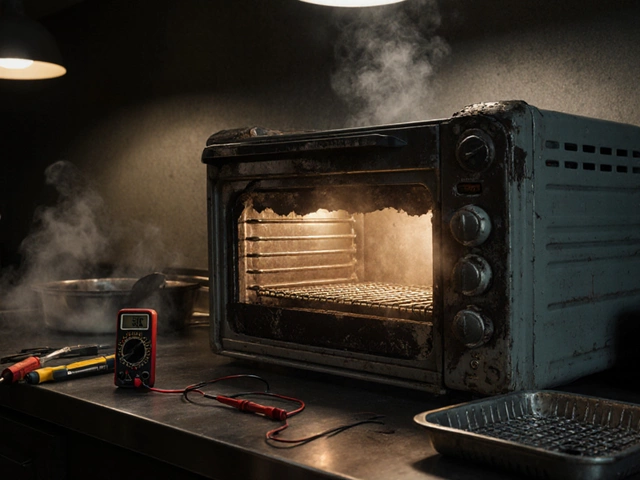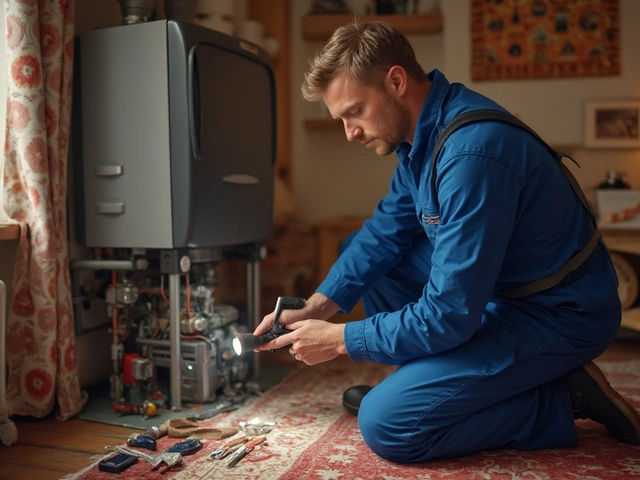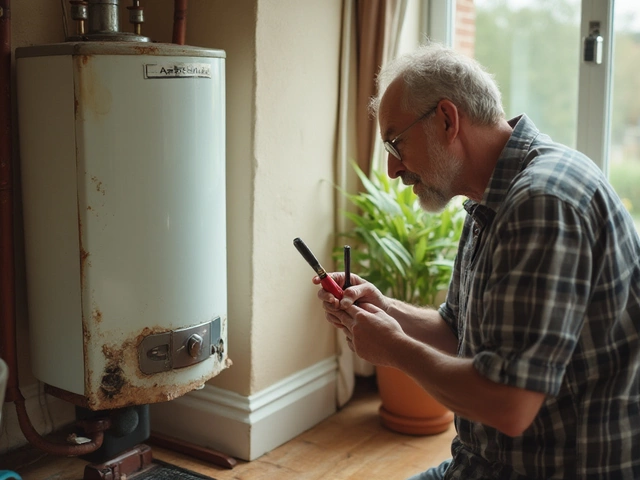Thinking about swapping out a tired cooker, a noisy extractor fan, or a stubborn oven element? You don’t need a specialist for most of these jobs. With a few tools, a bit of patience, and the right safety steps, you can give your kitchen a fresh feel and save money.
First, write down which appliance you want to replace and why. Is the hob element flickering? Does the extractor fan make a rattling noise? Knowing the exact problem helps you pick the right replacement and avoid buying the wrong part. Check the model number on the old unit, then compare it with the new one to make sure dimensions, voltage, and connections match.
Next, gather the basics: a screwdriver set, pliers, a multimeter (for checking live wires), and safety gear like gloves and goggles. If you’re dealing with gas appliances, have a leak detector or soapy water ready. Turn off the power at the breaker and shut off any gas supply before you touch anything.
Extractor fan replacement – Remove the front grille, unscrew the mounting brackets, and disconnect the wiring. Most fans snap into a housing that fits most range hoods, so you can slide the new fan in and reconnect. Tighten the brackets and test the fan before re‑installing the grille.
Electric hob element – Locate the faulty burner; it’s usually held by a screw or a clip. Disconnect the wiring harness, pop out the old element, and slide the new one into place. Re‑attach the harness, secure the screw, and fire up the hob to confirm heat is even.
Oven heating element – Open the oven door and remove the back panel. The element sits behind a protective cover; pull it out gently, note the wire positions, and replace it with an identical part. Re‑assemble the panel, plug the oven back in, and check that it reaches the set temperature.
While you’re at it, give the surrounding area a quick clean. Dust can cause fans to wobble and burners to overheat. A fresh coat of kitchen‑safe paint on the cabinet around the appliance can also make the swap look like a professional renovation.
If you run into any live wires or you’re unsure about gas connections, stop and call a qualified engineer. It’s better to be safe than to risk a short circuit or a gas leak.
After the swap, keep the old appliance for a few days in case you notice any hidden issues. Most retailers allow a 30‑day return if the part is still in its original packaging, so you’ve got a safety net.
Swapping kitchen appliances yourself can be rewarding and cheap. With the right preparation, the right tools, and a focus on safety, you’ll have a quieter fan, a hotter oven, or a smoother hob in no time. Ready to start? Grab that screwdriver and give your kitchen the upgrade it deserves.

Thinking about swapping out your electric oven? This article covers how tough the job really is, where people usually get stuck, and what you actually need to know. We break down what tools you really need, what pitfalls you can avoid, and when you should probably call someone who’s done it before. Get ready for straight talk—no tech jargon, just real advice for regular folks. Whether you DIY or call a pro, you’ll walk away ready to make a smart decision.

If your electric oven isn't heating, it's usually due to a broken element, faulty thermostat, or blown thermal fuse. Learn how to diagnose and fix the most common causes quickly and safely.

Deciding whether to repair or replace a dishwasher can be challenging. This article explores factors like cost, lifespan, and environmental impact to help homeowners make an informed decision. Learn about common dishwasher issues and repair tips to prolong its life. Evaluate professional repair services versus DIY fixes and consider when it's time to let go and invest in a new appliance.

Regular boiler servicing is crucial to ensure safety and efficiency in home heating systems. A comprehensive service involves thorough inspections and cleaning, enhancing performance and extending the lifespan of the unit. Areas covered include checking the burner, inspecting the flue, and ensuring controls work correctly. Routine servicing helps prevent breakdowns and identifies potential issues early. Understanding what's involved can help homeowners make informed decisions and maintain reliable heating.

Struggling with hot water inconsistencies between your kitchen and bathroom? This article explores the causes behind such issues, including plumbing layout and water heater problems. Learn valuable tips for diagnosing and fixing these common household headaches. Discover practical solutions that can save you from cold showers and confusing hot water scenarios. Understand how simple tweaks or professional guidance can restore your home's balanced hot water supply.

Water heaters are essential in our daily lives, yet they often fail more quickly than expected. Understanding the common causes of these failures can help in preventing them. In this article, we delve into why water heaters often break down prematurely and offer practical tips on extending their lifespan. Regular maintenance and awareness of common issues are key to ensuring your water heater runs efficiently for years.